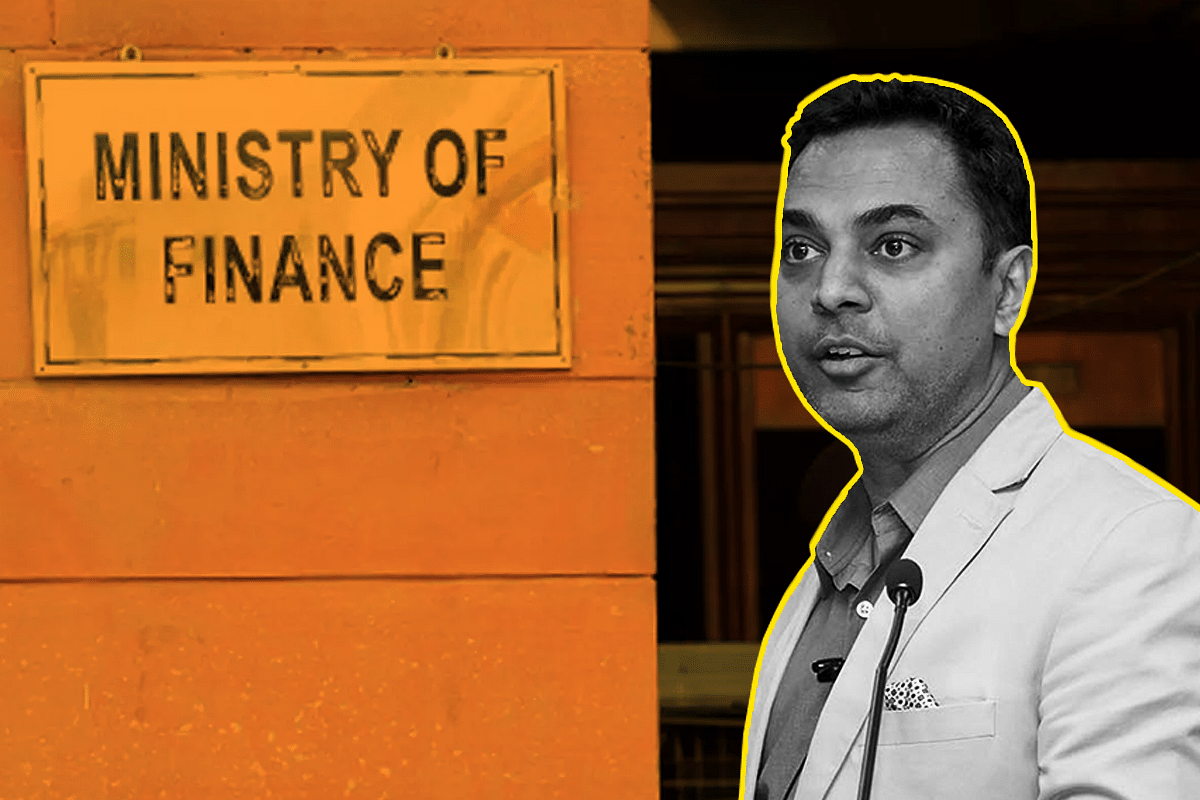News Brief
Economic Survey 2021: Access To Bare Necessities Such As Water, Sanitation Lowest In Eastern India But Significant Improvement Over 2012 Pan-India
- Between 2012 and 2018, improvement in basic necessities was significantly higher in rural areas when compared to urban areas, the Survey said.

Krishnamurthy Subramanian, CEA.
Access of these bare necessities are lowest in rural areas of Uttar Pradesh, Madhya Pradesh, Bihar, Jharkhand, West Bengal, Odisha, Assam, Manipur and Tripura, it said.
The Survey, tabled by Union Finance Minister Nirmala Sitharaman, has devised a Bare Necessities Index that shows how various States have progressed in providing these facilities between 2012 and 2018.
Access to bare necessities for the households improved significantly in 2018 compared to 2012.
In 2018, the access was the highest in States such as Kerala, Punjab, Haryana, Gujarat, Uttrakhand, Delhi, Goa, Mizoram and Sikkim.
During the review period Haryana, Punjab, Uttarakhand, Gujarat, Kerala, Rajasthan, Uttar Pradesh, Bihar, Madhya Pradesh, Chhattisgarh, and North-East states except for Tripura, Nagaland and Meghalaya showed improvement.
As for rural India, access to bare necessities was highest in Punjab, Kerala, Sikkim, Goa and Delhi.
States such as erstwhile Jammu and Kashmir, Punjab, Rajasthan, Gujarat, Maharashtra, Karnataka, Chhattisgarh, Tamil Nadu, Andhra Pradesh, Kerala, Goa, Meghalaya and Arunachal Pradesh showed improvement in the access to bare necessities.
The bare necessities in urban areas improved in erstwhile Jammu and Kashmir, Uttarakhand, Punjab, Rajasthan, Madhya Pradesh, Maharashtra, Karnataka, Kerala, Tamil Nadu, Arunachal Pradesh and Manipur during the period.
Improvement in basic necessities was significantly higher in rural areas when compared to urban areas, the Survey said.
Sikkim, Haryana, Gujarat and Punjab topped access to drinking water, while Odisha, Jharkhand and Andhra Pradesh languished at the bottom on the drinking water accessibility index.
Regional disparities increased in 2018 compared to 2012, though they declined in urban areas as they have increased in the rural areas.
The Jal Jeevan mission must, therefore, focus on reducing the disparities in the rural areas as the reduction in such disparities will reduce the disparities across India, the Survey said.
Access to sanitation, too, improved between 2012 and 2018, though the inter-state difference in access was large. Over 10 crore toilets were built in rural areas under the Swachh Bharat Mission.
Access to housing also improved during the review period as also micro-environment.
As measured by the index, micro-environment has improved in all States except rural Assam, urban Odisha and urban Assam. Regional disparities declined sharply in urban areas but it increased in the rural areas.
Access to other facilities for households, including kitchen, kitchen with a water tap, good ventilation in house, access to bathroom, attached bathroom, electricity use, the types of wiring used instead of temporary electric wiring, and type of fuel used for cooking (LPG or others), improved in all States in 2018.
The improvement was seen in rural and urban areas except urban Himachal Pradesh. The inter-states disparities in terms of these facilities also declined, especially in urban areas.
Introducing ElectionsHQ + 50 Ground Reports Project
The 2024 elections might seem easy to guess, but there are some important questions that shouldn't be missed.
Do freebies still sway voters? Do people prioritise infrastructure when voting? How will Punjab vote?
The answers to these questions provide great insights into where we, as a country, are headed in the years to come.
Swarajya is starting a project with an aim to do 50 solid ground stories and a smart commentary service on WhatsApp, a one-of-a-kind. We'd love your support during this election season.
Click below to contribute.
Latest